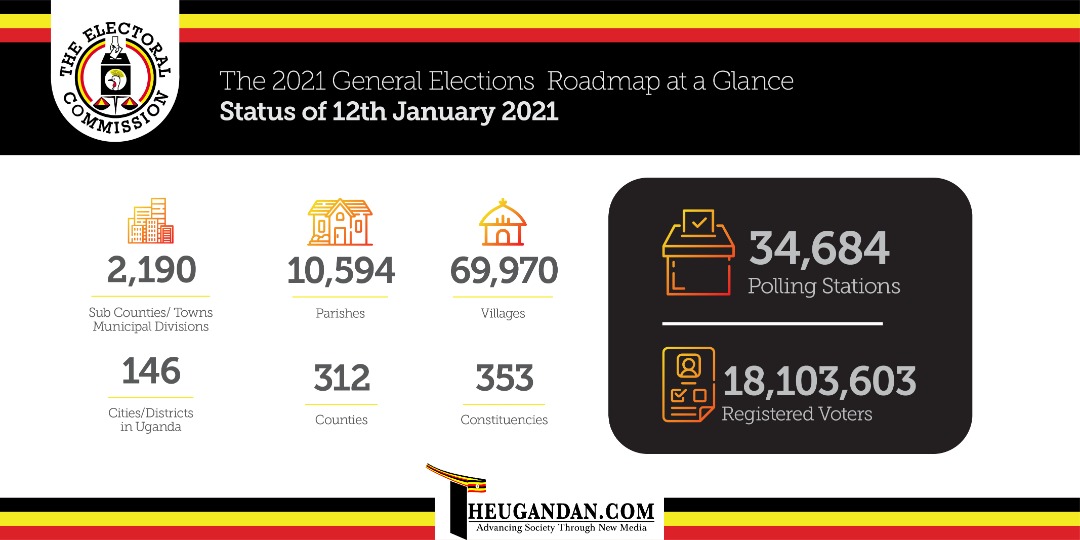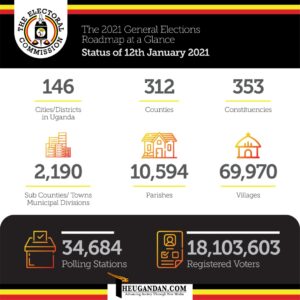Rebecca Alowo
Mechanical ventilators have become a symbol of the COVID-19 pandemic, representing the last best hope to survive for people who can no longer draw a life-sustaining breath. But the ventilator also marks a crisis point in a patient’s COVID-19 course, and questions are now being raised around this technology.
Many who go on a ventilator die, and those who survive likely will face ongoing breathing problems caused by either the machine or the damage done by the virus. The problem is that the longer people are on ventilation, the more likely they are to suffer complications related to machine-assisted breathing. Many ventilators however continue to be launched during this lockdown.
The world of work is changing rapidly because of the fourth industrial revolution (4IR). There are now more jobs than ever where all you need is access to the internet. With more tools than ever available at your disposal, working remotely and virtually anywhere as a Digital Nomad is now a reality. Digital nomads are a type of people who use ICT to earn a living and, more generally, conduct their life in a nomadic manner. Most of us had a Teams or Zoom webinar to attend during this lockdown.
Do all meet these technologies extend human boundaries? A review of information on web based sites reveals that many people are keen on Appropriate Technology. It would appear that there exists a given criteria that Appropriate Technology like ventilators, zoom and teams are increasingly challenged to meet. It is in extending the known boundaries, of Appropriate Technology as described in original works by Schumacher in Small is Beautiful (1973), Jacques Ellul’s The Technological Society (1964) and Theodore Roszark’s Where the Wasteland Ends (1972) that problems arise:
- Image of Modernity
When the appropriate technology is designed for a developing country, there is a special criterion that must be recognized: an Image of Modernity. The citizens of many developing countries just as citizens of many industrialized countries want to perceive themselves as modern and progressive, at least within their context. There is an innate desire within most of humankind to feel important and be perceived as worthwhile. It follows, therefore, that an image of being modern is important to the success of any technology. People must believe that a technological device brings with it a degree of sophistication which can elevate the user’s social status as well as meet a basic human need. All people have dignity and must believe that their dignity will remain intact even if they are poor or living in an underdeveloped area. Therefore, the designers of appropriate technology must incorporate an image of modernity into whatever device they develop if it is going to meet with acceptance by the people who can benefit from it the most.
- Systems-Independence
Systems-Independence relates to the ability of the technological device to stand alone, to do the job with few or no other supporting facilities or devices to aid in its function. The stand-alone criterion refers mainly to the cost of the technology in question. The cost of any new technology is always a barrier at some point; but if this cost is compounded because of the need for supporting devices, then the technology, no matter how desirable may be unattainable for the people who need it the most. Hence an evaluation of the technology must include not merely the technological device in question but supporting materials and equipment necessary for its full operation. According to the criterion, technological advances should be selected only if the supporting facilities and devices are already in place, or if only moderate changes and improvements of existing systems are required for implementation.
- Individual Technology vs. Collective Technology
This criterion is related to the societal/cultural standards in which the technology will be operating. Some cultures advocate a strong commitment to the group process where the good of the whole is held in higher esteem than individual accomplishments. Other cultures place a high priority on individual responsibility and accomplishment. These factors should be considered in detail when designing Appropriate Technology because they will contribute to the success or failure of any given device or strategy.
If a given cultural group has a strong allegiance to the community or region then the technology may be more system dependent, where the overall group could take a greater responsibility for the operation of a larger system. Because of the group approach, that technological device could be more sophisticated which in turn could provide a greater advance in development for a larger group of people. In another culture there may not be a collective commitment to the overall development of the society. In a society that is geared around the individual or single family unit the technological developments will need to be more system independent where devices are designed so that an individual can operate and afford the technology. Based on these criteria, the Appropriate Technology design must take into consideration the culture in which the technology will be used in order to provide the best type of technology for that society.
- Cost of Technology
The cost of appropriate technology is an extremely important factor to the people who need it the most. Ghosh in 1984 indicated that the majority of Appropriate Technologies, although developed with cost as a central consideration, are still too expensive for most people in developing countries. In order for the Appropriate Technology to be helpful in meeting basic needs, the cost of the device must be reduced significantly for the people in the developing regions to afford the expense. Cost is a major obstacle to overcome in the design and construction of Appropriate Technologies for developing countries.
One of the major difficulties in reducing the cost of Appropriate Technology is that many devices are developed for a one-of-a-kind use within a specific location under specific social/cultural limitations. The advantages of mass producing a product in order to lower the cost are severely restricted because of these limitations. Nevertheless, the reduction of costs must be considered a high priority when designing technological devices for developing countries. With increasing global prices of oil and increased population growth rates in Uganda construction costs have gone up. Keeping costs of Appropriate Technology from increasing has become difficult and is not in an island without external economic and political forces.
- Risk Factor
The development of any new product carries with it a given degree of success and failure. Because of the nature of the device and the location in which it will be implemented the risk factor for the success of appropriate technologies in developing countries is of major concern and should be considered an important criteria for development. There are two types of risk to be considered: (1) internal and (2) external. Internal risks relate to the way in which the technology will fit the local production system (e.g., will it work under local conditions, is it adaptive). External risks relate to the needed supportive system(s) that may be required to keep the technology functioning properly (e.g., to what degree is the technology system dependent and system independent).
These risks must be considered fully before and during the development of the technological device in order to contribute to its success. Although the risk factor must be taken into consideration when developing Appropriate Technology it would be economically and politically unhealthy to try to remove all risks. Some risks are healthy to the growth and development of locally implemented Appropriate Technology. The challenge to the local economic and production system is essential for the technology to take root and gain ownership at local level. Therefore, the risk to the success of Appropriate Technology must be considered in detail but not necessarily be totally removed.
- Evolutionary Capacity of Technology
The ability of the Appropriate Technology to continue to develop and expand beyond its originally intended function is an important criteria and one that should be incorporated into the development of the device as much as possible. If the appropriate device is static (i.e., performs one function and cannot be altered) then although it may provide for a basic need at the present time it will be a relatively short lived solution to a much larger problem. Wherever and whenever possible it is preferred that the Appropriate Technology allow for (i.e., have design characteristics) a continuation of development.
That is, to have the capability to expand and be reconfigured to accomplish a higher volume of work and/or more sophisticated production processes. This may allow the device to begin to compete at the regional, national, and international levels which must be the ultimate goal of any developing country. Without this capability the technological device has simply elevated the owners/users to a new level of poverty.
- Single-Purpose and Multi-Purpose Technology
Can the technology be used in more than one application? Because of the levels of poverty of many people in developing countries it is often thought advisable to develop Appropriate Technology that provides for a variety of applications (e.g., the tiller that tills the earth, powers a water pump and rice dryer, and can be used as a transportation source).
This is different from a technology that can potentially expand (i.e., Criteria #6). This technological device has specific multiple purposes that may be very beneficial to the individual of a developing country who could not afford to purchase individual pieces of equipment. In addition, the economic advantages of this approach also decreases the technical knowledge and skills that are needed to keep the device functioning. Therefore, whenever possible, Appropriate Technology like artificial intelligence should be developed to accomplish a variety of applications.
Rebecca Alowo a DEng student at Central University of Technology Free State South Africa. The writer also works as a Senior Consultant Research Studies at Quantum Executive Education.












